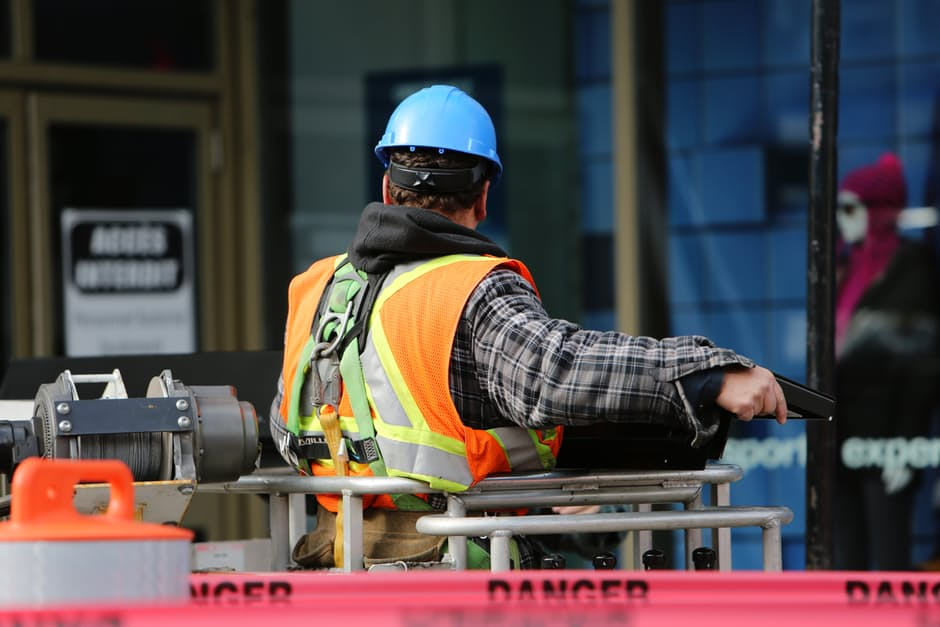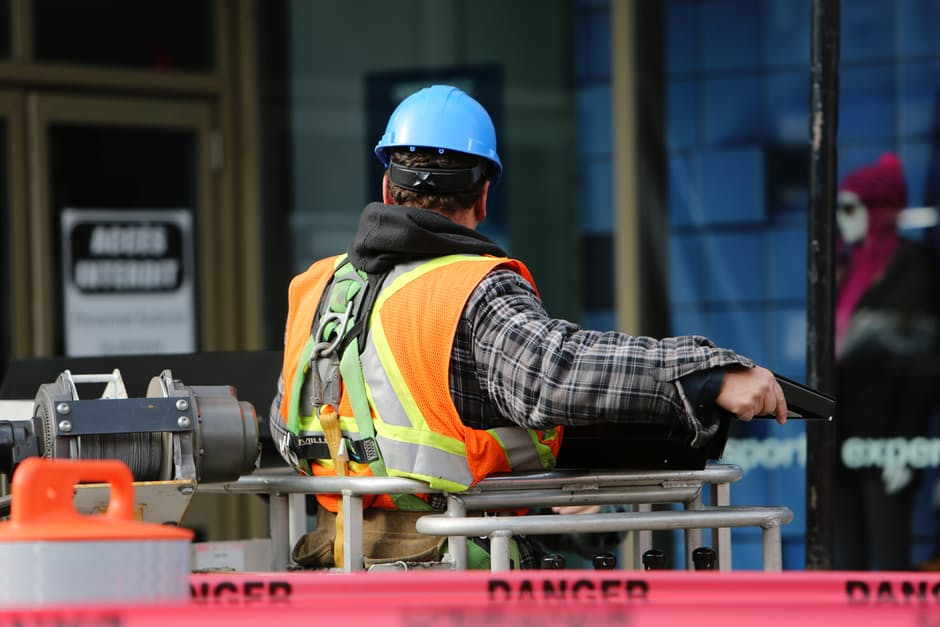Don't Put Your Business at Risk: Health and Safety Tips
Health and safety. When put together, these three words can instantly cause people to stop paying attention (so a big risk to put them at the start of this article, I know!). But if you run a business, getting your health and safety policy right is absolutely vital. Whatever sort of company you are in charge of, there is always a risk to someone’s safety. These hazards can include anything from heavy loads that have to be manually handled, to working with dangerous machinery.
As with many things in life, prevention is far better than the cure. Having the right policies and procedures in place can prevent so many accidents. The sad fact is that a huge proportion of them are entirely preventable. Despite all these measures, there are still hundreds of thousands of workplace accidents and injuries that occur every single year. And if your company has not put in place the proper measures, this can end up spelling big trouble.

Principles of Health and Safety
Though protecting the health and wellbeing of your employees and clients is obviously important, it also makes good business sense to have a robust health and safety policy in place. Millions of working days are lost every year because of workplace injuries, as well as work-related illnesses. Therefore, as a business owner, you should regard a good health and safety policy as one of your core goals.
With ever-changing rules and regulations, working out exactly what needs to be involved in your health and safety policy can be somewhat challenging. But there are a number of organisations out there like Ellis Whittam that can support you through this process. Though specific regulations change on a regular basis, the underlying principles are fairly straightforward.
A Clear Policy
The policy needs to set out how your organisation goes about preventing hazards, as well as the steps you will take if any should occur. Ultimately, this is all about how prepared your organisation is to react in times of crisis. As a business grows and develops, these preventative measures need to be organised, controlled, monitored and reviewed. As an employer, it is your responsibility to make sure all staff members are aware of the policy. There are also some that you will like entrust with additional training such as first aid.
Identify Risk

There are a wide range of items in a modern workplace that could cause an element of risk. It may be that people are drinking fluids around certain electrical equipment. It may be that the office is often untidy so there is a chance of people tripping over. Identifying that these risks are present is the first step in preventing accidents from occurring. Next up will be a full assessment of these risks, showing that you have been thorough and are trying to consider the situation from every possible angle.
Risk Control
Once the risks have been identified, next up is making sure you are in a situation to control them. So, if we take the two examples above: you may put in place policies to prevent people from consuming fluids too close to electrical equipment and you also may improve office cleaning so there is less chance people will trip and fall. It’s also important to inform, train and supervise employees of all these measures.
The law will likely dictate that you have certain health and safety ‘goals’ that your organisation must achieve through reasonably practicable standards. As much as possible, you will need to reduce or eliminate the hazards at the source and implement measures of control wherever possible. In some cases, you may need to rely on the proper use of certain personal protective equipment (PPE) when circumstances require.
Emergency Responses

Even if you have taken all the preventative measures in the world, sometimes it’s impossible to stop disaster from striking. In which case, you will need to make sure your business is prepared to respond. If there is a fire in the building, people will need to know the emergency exits and where to assemble. There will also need to be certain people put in charge of monitoring who is present and getting people out of the building safely. If there is a workplace injury or illness, people will need to know how to respond with regards to first aid and calling for further emergency response if necessary.
Monitoring and Recording of Accidents
Part of any good health and safety policy ensures that accidents are properly monitored, recorded and reported. This is not only a requirement, it will likely form the basis of any future policies you put in place or amendments to existing measures. If there are any serious ‘near misses’ or if something keeps cropping up again and again, this will be a signal that something needs to change fairly drastically.
If an accident has actually occurred, it will also give you the opportunity to see how your policy has worked in practice. If the responses were not as swift and thorough as expected, it may be time to go over everything with your team once again.
Working Together
Ultimately, even though you are the person who is responsible for the actions of your company, you can’t do everything on your own. It is a collaborative process that involves consultation with your employees, as well as any safety representatives you may appoint. There may be a number of potential hazards that you never would have spotted without the process of actually speaking to people who are either experts in the field, or working in a particular area day in, day out. You also may need to coordinate with other clients, customers, suppliers or contractors to give yourself a fuller picture.
Don’t Delay

If there is one thing you don’t want to delay in business, it is putting in place robust health and safety procedures. Remember, as well as being important for everyone your organisation comes into contact with, it is also a major contributor towards your success in business.
Comments
There are 0 comments on this post



















